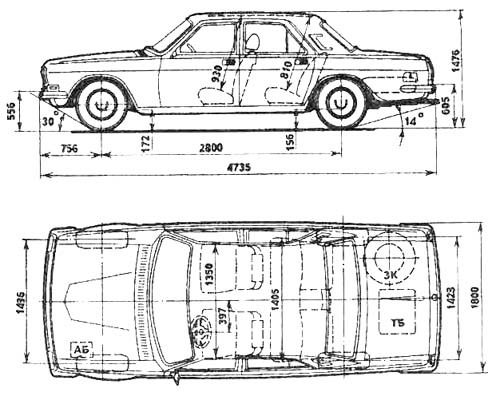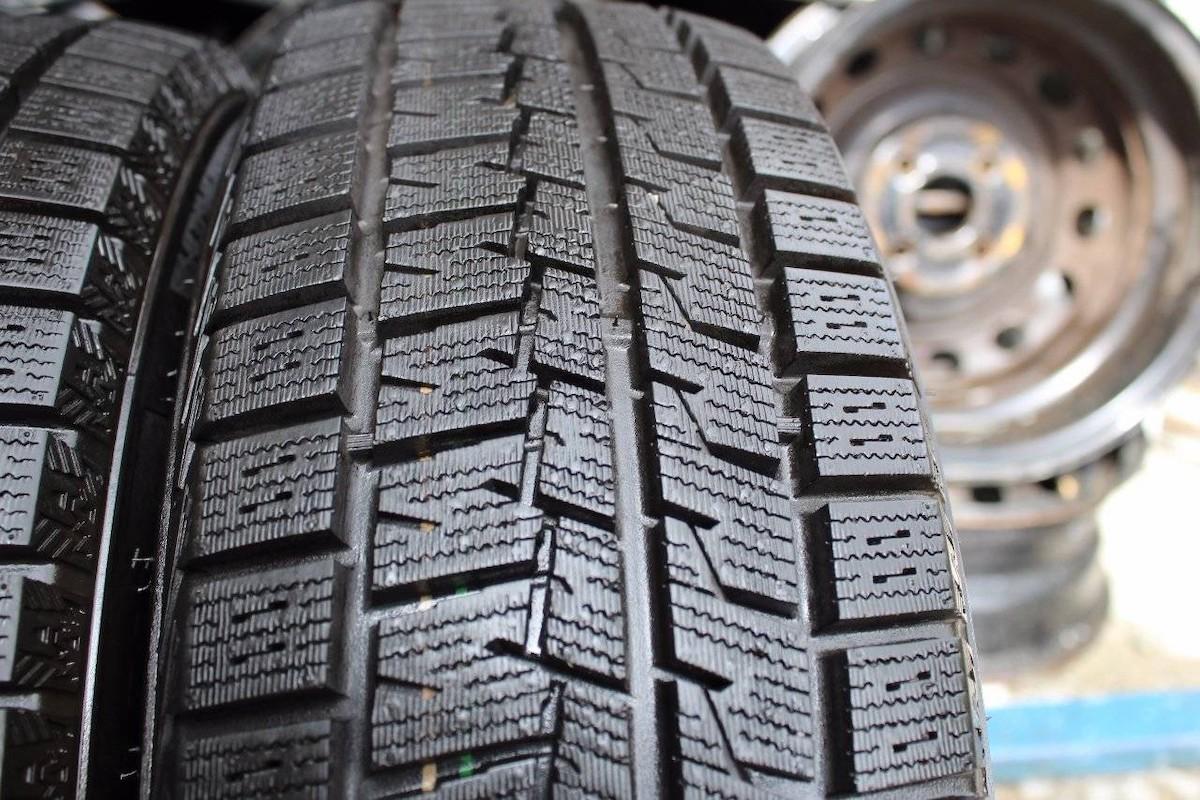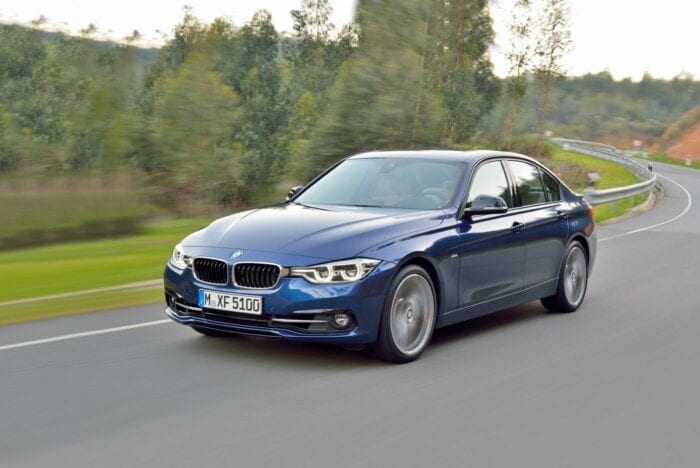
Why sedans are still the most popular car body style

Mercedes C200 named Car of the Year by CarGuide.
If we were to ask you to draw a car, right now, in 10 seconds, you would draw a sedan - unless you are nine years old or younger.
And why not? It's the most recognizable form of car, and still the most popular, even though it's being attacked by phalanxes of hatchbacks and SUVs, that doesn't mean sedans can't be a good choice.
It's also a rich Australian tradition - think the Commodore and Falcon - and in many cases the best single vehicle some companies make is the sedan; BMW with the M3, Subaru with the WRX, Mitsubishi's Lancer EVO and the list goes on.
What's so good about them?
There are quite a few reasons to opt for a more traditional shape over the more recent SUV favourite. If you're interested in economy and performance, sedans can make a pretty compelling case, and there's also the distinct safety and security benefit of having a proper lockable trunk.
However, the biggest argument will be safety.
While SUVs and crossovers are catching up, sedans, as well as their coupes and station wagons, are setting the bar for stability and safety. The relatively low ride height keeps the weight closer to the ground, and that low center of gravity means twists, turns, and changes of direction don't upset the sedan's balance as much as an SUV.
That vague, unsettling feeling of a big truck rolling around a corner is completely out of the question if you buy a sedan. Yes, some sedans are still somewhat rock 'n' roll, but it's like comparing Chuck Berry to Iron Maiden.
And in general, when it comes to driving pleasure, sedans simply offer more driving pleasure - more connection to the road - than SUVs or even most small cars (in which case the wider track also helps).
Your daily commute may not take you to breathtaking mountain passes, so the maneuverability of a sedan isn't as important as the cargo area of an SUV. But even if you never leave the freeways and residential areas, the way sedans are made might just save your life.
Sedans are also less prone to rollovers and rollovers than SUVs.
Sedans tend to be lighter than SUVs, and even if they aren't, the low center of gravity means weight isn't such a big disadvantage when it comes time to move it around quickly. Sedans will be able to turn and recover in ways that will embarrass all but Europe's most road-oriented sport utility vehicles.
Sedans are also less prone to rollover and rollover than SUVs, but with the advent of advanced stability control systems such as active rollover prevention, the gap is closing.
However, the fact remains that these systems are designed to counteract the danger inherent in how high-riding vehicles behave under pressure.
Sedans are also better in terms of acceleration, braking, speed, and fuel economy. Less weight means better acceleration and stopping power; with less mass to move, it is easier to move. It also contributes to savings, as the motor doesn't have to overcome as much inertia every time you put your foot down.
Lower, sleeker sedans also glide through the air more easily than high-riding SUVs, and a lower drag coefficient means better fuel economy and better performance.
Burning less fuel also means less pollution. While SUVs are advancing rapidly, the lower, more agile and lighter a car is, the better it is for the environment.
And, depending on how eager you are to save the world or race through it at knot speeds, high-volume sedans typically have a range of petrol, diesel, and hybrid engines.
Aside from hot hatches and station wagons, there's no other way to combine the roominess and practicality needed for family life with economy, performance and a bit of joie de vivre for those of us who still love to drive.
Any reason not to buy a sedan?
There is little stopping you from choosing a sedan over a hatchback or soccer mom soft SUV.
What little there is can be summed up in four words: price, looks, height and space.
Before there were more SUV models than there were days in the year, sedans were a cheap and plentiful alternative.
Now the opposite is almost applicable with a rash of affordable soft road cars and a rapidly dwindling supply of sedans that fit the same bill.
Sedans, too, fell victim to the vagaries of public opinion; decades of use by sales representatives have somewhat tarnished their image.
Ground clearance can be a problem for performance-oriented sedans and will almost always be worse than SUVs. With Australian roads the way they are, it can be stressful to drive your shiny new wheels around the Woop Woop Council's best bitumen lane.
The biggest reason to stay away from a sedan comes down to space. Instead of ample storage space, there's a comparatively tiny nook at the rear tucked away between the suspension struts. It will fit half as much as the van-shaped rear, and because the body is lower than the suspension struts, the cargo space will be more awkwardly shaped.
Less cargo space is exacerbated by the sedan's inflexible layout, and reclining rear seats are a rarity.
Head and legroom can also be an issue due to the trend of sedans to have low, sleek roofs.
But let's not forget that low slick roofs look cool, so you feel the need to paint your car with them.
Related articles:
Why SUVs are becoming so popular
Why a station wagon should be considered instead of an SUV
Why a hatchback is the smartest car you can buy
Is it worth buying a mobile engine?
Why people buy coupes even if they're not perfect
Why should I buy a convertible?
Utes is the most versatile car on the road, but is it worth buying?
Why buy a commercial vehicle

